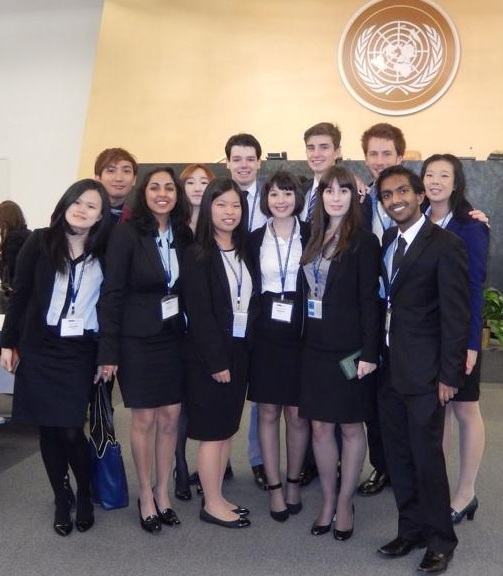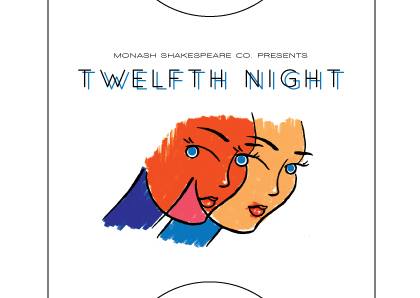On the 20th April 1999, Eric Harris and Dylan Klebold walked into Columbine High School and killed 13 of their fellow students and one teacher before turning their guns on themselves. Columbine, the latest MUST production, is an attempt to make sense of the massacre that continues to haunt the scarred survivors as well as the family and friends of those lost at the hands of pure murderous rage.
The two-and-a-half-hour performance – written and directed by Daniel Lammin – uses official documents, police-call transcripts and personal accounts to retell the horrific events that we still remember to this day.
“In 1999, when the Columbine High School massacre occurred I had just started high school. The massacre had a profound effect on me even at such a young age,” tells Lammin. “I instinctively knew that one day, I would theatrically respond to the massacre, if only so I could personally come to grips with it.”
Lammin, a recent graduate from the National Institute of Dramatic Art, brings five months of extensive research together with an ensemble cast to immerse the audience in the chaos and raw human emotions that have come to define the Columbine High School massacre.
There are no set roles in Columbine, nor are there any props, costumes or sets. Taking a minimalistic approach to the production, Lammin uses a simple platform, a blinding array light and smoke, and near identical cast members dressed in jeans and black singlets to set the tone for the performance.
Musically, the soundscape was varied, with everything from the melancholic ‘The Sound of Silence’ by Simon Garfunkel to the grungy noises of ‘Closer’ by Nine Inch Nails.
“The overarching aesthetic approach to Columbine was that it should look like a rock concert,” Lammin said.
Interestingly, every single spoken word from the production – including the music – was taken from historical sources, official records, personal accounts or cultural sources relating to the massacre
“Verbatim theatre is a very particular style, only using people’s words,” Lammin said.
Verbatim theatre is a form of documentary-style theatre that relies heavily (sometimes entirely) on the reconstruction of precise words spoken by people pertaining to a particular event or issue.
In this case, Lammin spent five months researching and collating many different types of primary sources about the Columbine massacre
to ensure that Columbine became more of a historical record than a traditional play.
One major theme of the play, such that it is unforgivingly pushed onto the audience, is that of aggression. Actors screaming at each other across the stage, the cast stomping about in unison, contorted faces and bulging muscles, and the blaring of the lights, turning people on stage into ominous silhouetted figures.
“The whole event was permeated with such aggression, and in order to do justice to the event, I felt we needed to address that,” Lammin said.
However despite the aggressive overtones, the production is free from any physical violence whatsoever.
The human experience of grief, anguish and mental instability are also explored in two deeply moving monologues at the close of both acts.
“I felt liberated,” Nick Madders explained, who delivered the first monologue in his acting debut, in which he recounted the indirect human toll of the Columbine massacre – a student’s account of a friend who, haunted by the shootings, took his own life.
“I got to tell the story of an exemplary individual, and I was proud to tell his story,” he said. “It was important to me he wasn’t forgotten… just because he wasn’t a victim of the tragedy, he (still) deserved to be honoured and remembered.”
The attention to detail was crucial in re-enacting the actual events of the shootings and made for a goose bump-inducing experience, as though the audience were watching a documentary.
The ruthless nature in which Lammin conveys the chaos of the massacre with various mini-performances scattered about the stage tasks you as a member of the audience, to grab hold of whatever bit of information you could in order to piece together the events of the shootings.
“So much of what we had created was reliant on the presence of an audience,” Lammin said. “It was just fascinating to see what happened when people were finally sitting in front of the cast and in the mosh pits and whether some of the more daring decisions actually worked.”
When asked about future projects, Lammin hopes to not only further develop and refine Columbine, but to also make another historical play.
“History has no shortage of horrors or catastrophes to explore,” Lammin said. “I’m sure there’ll always be something to get my interest.”



1 Comment